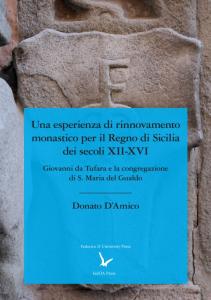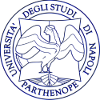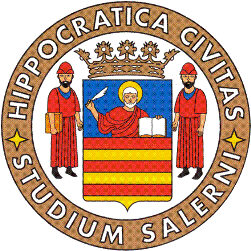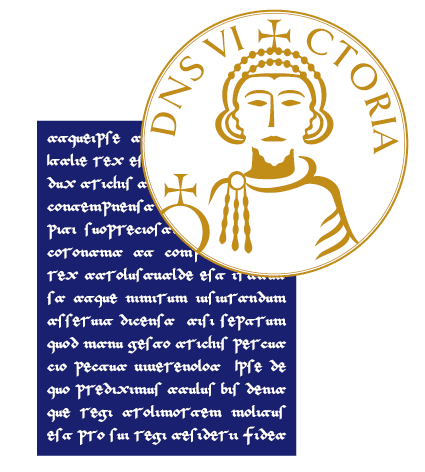An experience of monastic renewal in the Kingdom of Sicily of the 12th-15th centuries: John of Tufara and the congregation of Santa Maria del Gualdo.
Keywords:
Middle Ages, Church institutions, Monasticism, Reformation, Monastic renewal, Kingdom of Sicily, John of Tufara, Congregation of Gualdo, 12th-15th centuriesSynopsis
Publisher: FedOA - Federico II University Press
Series: Regna. Texts and Studies on Institutions, Culture and Memory in Medieval Southern Italy
Pages: 450
Language: Italian
NBN: http://nbn.depositolegale.it/urn:nbn:it:unina-28758
Abstract: The historiography of recent decades, based on the edition of numerous sources, has revised the issue of the spread of monastic reform in Southern Italy. In the face of the marginal influence of more widely established movements in Europe, there is instead the emergence of a plurality of experiences in search of an indigenous model of a hermitic and pastoral style. Among these, in its own right, should be inscribed the congregation of St. Mary of Gualdo.
Through the analysis of a heterogeneous complex of surviving sources this work aims to reconstruct the genesis of the founding charism and the history of the religious family. Starting from the various hagiographic proposals produced for the founder, John of Tufara, the dynamics related to the institutionalization process will be probed. The support of the Apostolic See will facilitate, meanwhile, the balancing of relations with local bishops for religious organization and expansion, while monarchical authorities and local aristocracies will contribute to economic and patrimonial stabilization, up to the attempt to rise to monastic lordship. The proposed religious model, in addition to responding to the demands of ideals proper to the second revival of hermitism, is structured in a sensitive involvement in pastoral action, even contributing to the disappearance of the phenomenon of private churches. The yearning on the part of the laity to participate in the model of monastic life will find expression in the legal form of self-oblation, memorial practice, burial at the monastery, as well as in the activity of hospices linked to the monastic network and scattered along the pilgrimage routes to the shrine of the Archangel.Due to a series of concauses related to natural phenomena (plagues, earthquakes), internal crises of a religious nature, and finally the radical change in the economic system of the Aragonese age, the congregation will not succeed in remodeling its organization, thus heading toward the complete dissolution that will occur at the beginning of modernity.
Downloads














